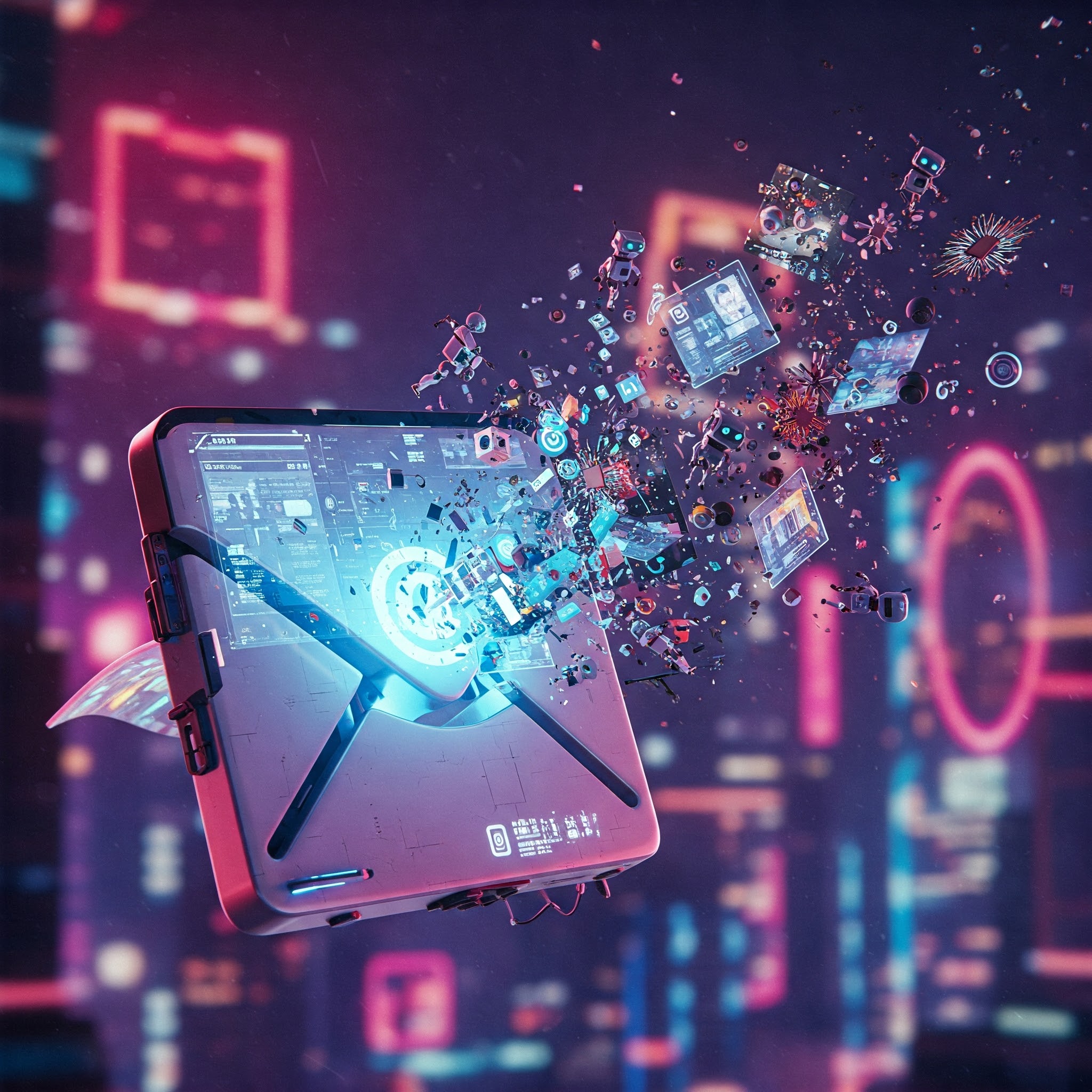David Salle, a name synonymous with postmodern painting, is doing something… different. He’s not just railing against AI; he’s actively collaborating. Salle, known for his layered canvases and art historical erudition, has spent the last two years teaching an AI to ‘paint’. No, really.
AI as Art Student
Salle, in collaboration with engineer Grant Davis, essentially created a custom AI art student using Stable Diffusion. The goal? To generate backgrounds for his paintings, based on his existing work. The process, Salle admits, was a ‘lengthy trial and error.’ Think of it as an intensive, if somewhat unconventional, art education.
Salle’s analogy of training the AI like a kid in art school is telling. It speaks to the iterative process, the frustration, and the unexpected breakthroughs that define artistic development. But instead of critiques and coffee, this art student required algorithms and processing power.
Edges: The AI’s Existential Crisis
One of the biggest hurdles? Teaching the AI what an ‘edge’ is. Salle eloquently describes the edge as ‘one of the main events… one of the signifiers of the painter’s painterly intelligence’. The machine, however, sees only pixels. No nuance, no intention, just data.
To remedy this, Salle and Davis force-fed the AI a curated diet of art history: Edward Hopper for light and shadow, Giorgio de Chirico for perspective, and Arthur Dove for the lyrical use of black. A crash course in art fundamentals, if you will. But Salle found the biggest breakthrough came when he fed the AI his own thick brush sketches. This allowed the machine to finally grasp the concept of an edge and translate it into brushstrokes.
From Pixels to Pastorals
Salle then trained the AI on his Pastorals series. The AI could then generate images in either a ‘similar’ or ‘dissimilar’ mode to its accumulated data. These AI-generated images were printed on linen, becoming the backdrops for Salle’s new paintings, currently on display at Thaddaeus Ropac in London.
The resulting works are classic Salle: fragmented figures, ambiguous narratives, and a knowing wink at art history. The AI-generated backgrounds add another layer of complexity, a digital echo of Salle’s own aesthetic. It’s not just about slapping paint on a computer-generated image; it’s about a dialogue between artist and machine.
Not a Replacement, But a Partner
Salle isn’t suggesting AI will replace artists. Instead, he presents it as a tool, a collaborator that can push him in new directions. He spoke of his “ability to respond with a brush” developing, “in addition to the machine imagery evolving”. He uses the AI to augment, not automate, his creative process.
It’s easy to jump to conclusions (AI is taking over!), but Salle’s experiment offers a more nuanced perspective. It’s a reminder that technology, in the right hands, can be a catalyst for artistic innovation. Now, if only we could teach it to make coffee too.

